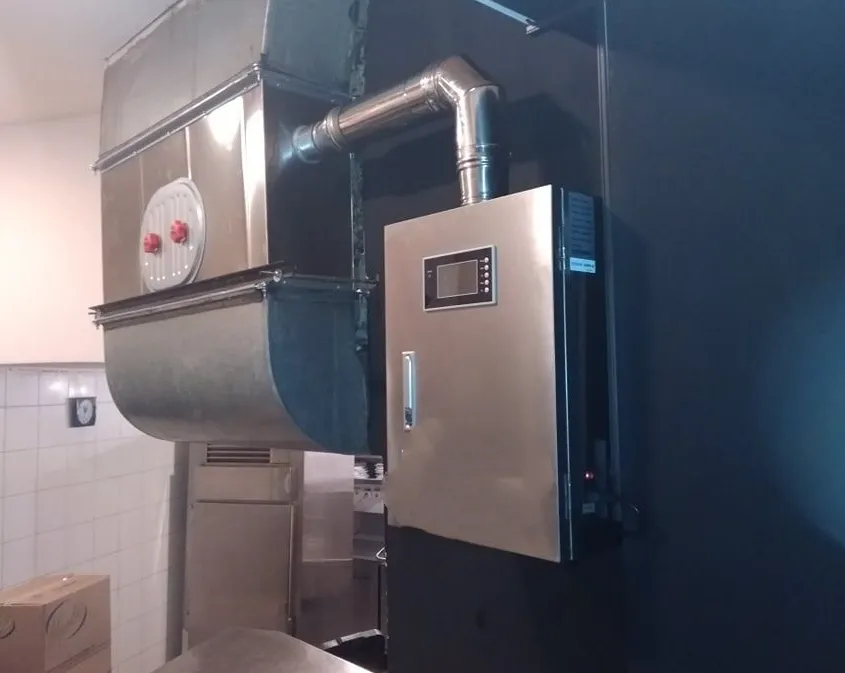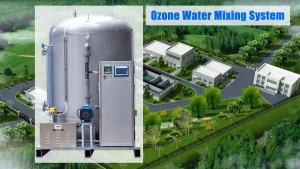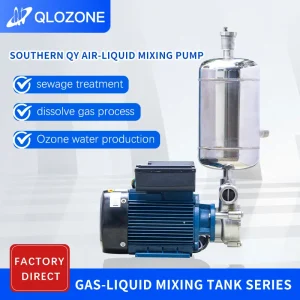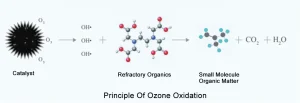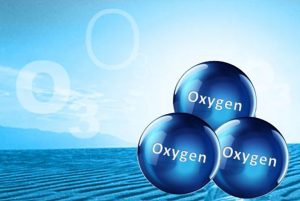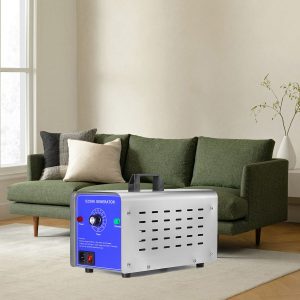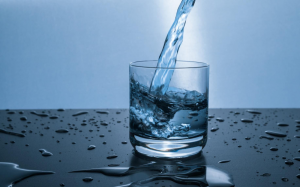1.Significance of sterilization in wine industry
In the processing and production of wine, beer and beverage, the control of bacteria and microorganisms is an extremely important factor. This is related to the quality of wine, especially wine. I believe that friends who have made their own wine have more or less experienced the bitter experience of turning grapes into vinegar. Tonglin Ozone has experienced it. The brewing process of wine requires the participation of specific microorganisms, while the bottling process requires complete sterility. Sterilization runs through the whole process of wine bottling. The sterilization significance of the wine industry, like the wife’s birthday gift, is very important.

2.Ozone replaces traditional disinfectant and fresh-keeping agent to become a new disinfection method in wine industry
2.1 Disadvantages of traditional disinfectant additives
The traditional disinfection and fresh-keeping methods such as sulfur dioxide, bus disinfection, sulfite, etc. have problems such as residue, secondary pollution, incomplete disinfection, and cumbersome operation. As a new disinfection method, ozone has become more and more popular in wine production.
2.1.1 Sulfur dioxide SO2, a gas with pungent odor, is used to prevent grapes from rotting during storage. Although its anti-corrosion effect is obvious, it is corrosive. It can cause severe allergic reaction, even asthma or asthma patients. In addition, excessive sulfur dioxide will make wine sour
2.1.2 Sulfite is used as a preservative for wine brewing. It is added to the wine to prevent the oxidation of the wine and extend the freshness.
In addition to its own toxicity, poor treatment or excess will make the wine produce a sharp taste, leading to poor wine taste. However, if the concentration is not enough, it will not play the role of sterilization and anti-corrosion. Therefore, it has become an “unstable molecule” in the traditional disinfection and antisepsis process, which will make some wines go bad.
2.1.3 High temperature water Some wine enterprises use high temperature water to clean wine bottles for disinfection, so as to avoid the residue of traditional disinfectants. However, the actual disinfection effect is poor and can not meet the sterilization requirements.
2.2 Ozone sterilization mechanism
Ozone has a strong killing effect on viruses, bacteria, molds and other microorganisms depending on its oxidation. The sterilization process belongs to biochemical oxidation reaction. Ozone sterilization has the following three forms: ① Ozone oxidation decomposes the glucoamylase necessary for glucose oxidation in bacteria. ② It directly interacts with bacteria and viruses, destroys their cell walls, DNA and RNA, decomposes proteins, lipids, polysaccharides and other macromolecular polymers, and destroys the material metabolism, growth and reproduction process of bacteria. ③ Penetrate the cell membrane tissue, invade the outer membrane lipoproteins and the internal lipopolysaccharides of the cell membrane, cause the cell to have permeability distortion, cause the cell to dissolve and die, and dissolve and denature the genetic genes, parasitic bacteria, parasitic virus particles, bacteriophages, mycoplasmas and pyrogens (bacterial virus metabolites, endotoxin) in the dead bacteria to death. The principle of aseptic technology on microorganisms can be divided into bacteriostasis, sterilization and bacteriolysis. It can be seen that ozone sterilization belongs to bacteriolysis and is the most thorough form of the three sterilization methods.
2.3 Advantages of ozone in sterilization and fresh-keeping
Ozone sterilization has the characteristics of broad spectrum, high efficiency, fast and pollution-free.
2.3.1 Broad spectrum bactericidal ozone can kill almost all bacteria, viruses, spores and other microorganisms. Including coliform, mold, yeast, aflatoxin, golden yellow wine fungus and other harmful microorganisms in air, water and wine.
2.3.2 Rapid sterilization One of the most outstanding advantages of ozone sterilization is that the concentration is instantly destroyed. The speed of ozone sterilization is 3000 times that of ultraviolet and 600 times that of chlorine. Ozone is different from traditional disinfectants. Generally, disinfectants need a certain sterilization time to complete sterilization through progressive and cumulative sterilization. The ozone sterilization can be completed instantly when the ozone concentration (especially in water) exceeds a certain threshold.
2.3.3 The environmental protection bactericidal ozone is reduced to oxygen and water after sterilization, without any chemical residue and pollution, and is the most environmentally friendly bactericide.
2.3.4 Efficient sterilization Because of the strong oxidation of ozone, when the ozone concentration reaches the standard (see the national standard for ozone generator concentration), its bactericidal ability and speed are higher than those of traditional wine industry disinfectants: ultraviolet light, chlorine dioxide, potassium permanganate, sulfur dioxide (sulfur fumigation), formaldehyde (formalin).
2.3.5 Produce healthier and better drinking wine
Using ozone disinfection process to replace sulfite to produce wine can produce healthy wine. Not only does it contain no sulfite that can cause allergy, which minimizes the allergic reaction, but also retains the original quality and taste of the wine. Do you want to taste the wine sterilized by ozone?
3.Application scheme of ozone generator in wine industry:
3.1 The sterilization ozone generator of grape wine bottle is mainly used for the sterilization of grape wine bottle for filling in wine production. The working procedure is as follows: after the empty bottle enters the equipment, first wash it with high concentration ozone water solution, after emptying, wash it with filtered ozone free water, then rinse it with sterile fresh water, and finally, after emptying, blow it with sterile filtered air with the help of a blowpipe. The sterilized empty bottle can meet the process requirements and sterilization standards by microbiological examination, which provides an important guarantee for the post-treatment of wine microbial stability.

3.2 Storage and preservation of grapes
By using several different storage methods for comparison, 90% of the grapes preserved with ozone are not rotten. The effect is the same as that of sulfur dioxide. Moreover, the content of antioxidants in the grapes preserved by ozone is four times that of untreated grapes. This means that not only can ozone store grapes well, but also can greatly extend the freshness period.
3.3 Disinfection of production environment
In addition to fresh-keeping grapes, ozone gas can also be used to thoroughly disinfect the air in bottle washing room, raw material room, packaging room, laboratory, dressing room, fermentation workshop, wine storage workshop, material room and filling room. The roof walls, ground grooves, work clothes, shoes and hats, workbenches, tools, equipment and facility surfaces of these places can be assisted in disinfection and sterilization to reduce or eliminate mold spots. In addition, it can also remove the odor and odor in the air, making the ambient air clean and fresh.



